Bad Gastein (German pronunciation: [baːt ɡasˈtaɪn] is a spa town in the St. Johann im Pongau District. Picturesquely situated in a high valley of the Hohe Tauern mountain range, it is known for the Gastein waterfall and a variety of grand hotel buildings.
The remote valley was settled by Bavarian peasants in the 9th century; field names in the highest-lying southern parts also denote a Carantanian (Slavic) colonization. Gastein is first mentioned as Gastuna in a 963 deed, when the area belonged to the German stem duchy of Bavaria. It was originally an alpine farming and gold mining area and the site of an ancient trade route crossing the main ridge of the Central Eastern Alps. In 1297 Otto III, Duke of Bavaria and his brother Stephen I, Duke of Bavaria, both highly indebted, sold it to the Archbishopric of Salzburg. Already about 1230, the minnesinger Neidhart von Reuental had referred to the hot springs in his Middle High German poem Die Graserin in der Gastein. The spas in Bad Gastein were visited by the House of Habsburg emperor Frederick III, Holy Roman Emperor. The Renaissance physician Paracelsus also visted Bad Gastein.
High societyThe waters of Bad Gastein were fashionable. Notable guests of the past included Franz Grillparzer, Arthur Schopenhauer, Franz Schubert, Wilhelm von Humboldt, Franz Joseph I of Austria, Wilhelm I, German Emperor, Otto von Bismarck, Empress Elisabeth of Austria, and other members of the high society.[1]
Mass tourismAt the end of the 19th century skiing was developed as tourism activity in the alps. Resorts such as Davos and St. Moritz catered to the wealthy health tourist, while popular mass tourism could only be sustained with the expansion of the railroads. Bad Gastein, Saint-Gervais-les-Bains, and Bad Ischl were established as health spas.[2]
In the 1960s Bad Gastein was frequented by Jewish emigrants from Nazi Germany and German-occupied Europe. Those who could afford to visit their old home (alte Heimat) met in Bad Gastein. Returning from their travels they shared their experiences with other refugees in newsletters and presentations.[3]
From the 1960s on the Bad Gastein lost some of its former reputation and many older hotels sat empty. Recently, Bad Gastein renovated its Felsentherme in 2014.[4]
Places of interest Catholic parish churchGletschermühlen
Felsentherme
Gasteiner Heilstollen
Gasteiner Museum
Catholic parish churchGletschermühlen
Felsentherme
Gasteiner Heilstollen
Gasteiner Museum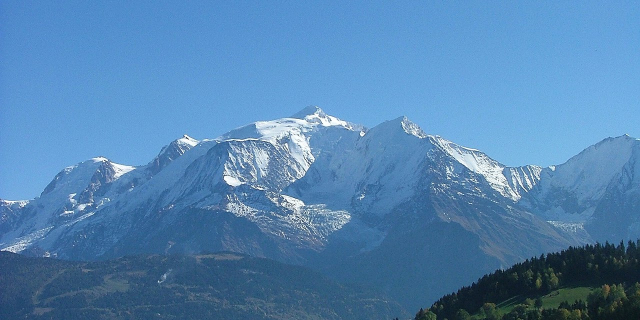

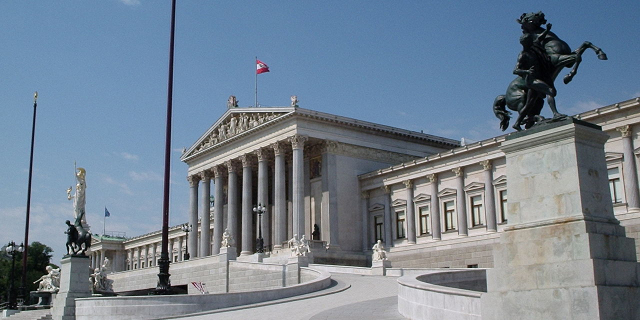


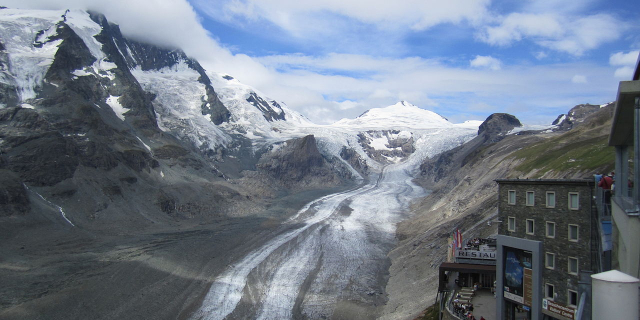



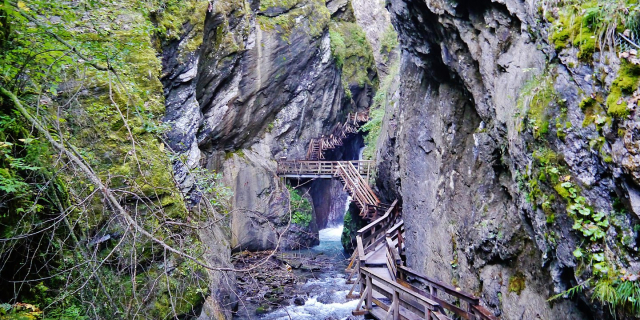

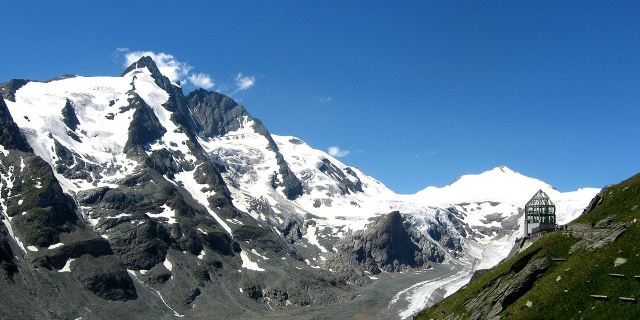


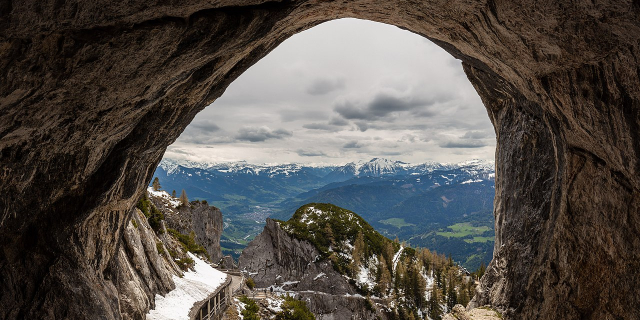
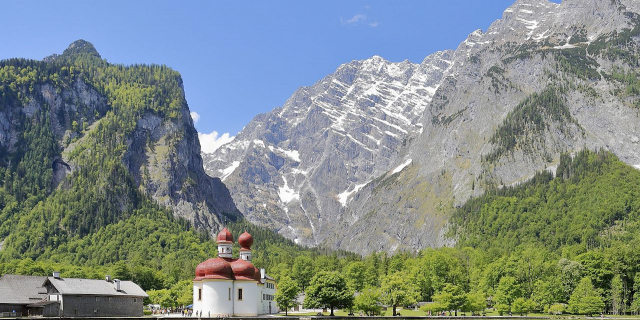


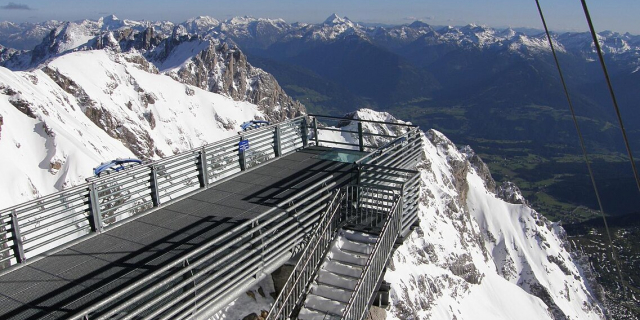



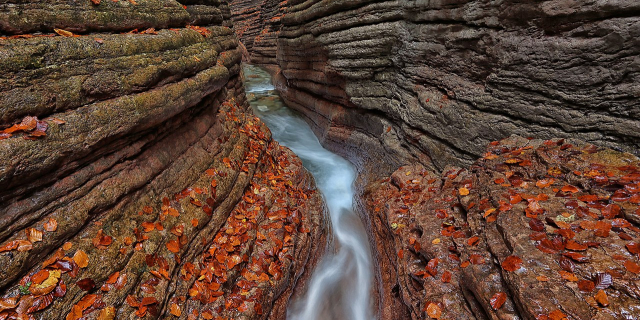


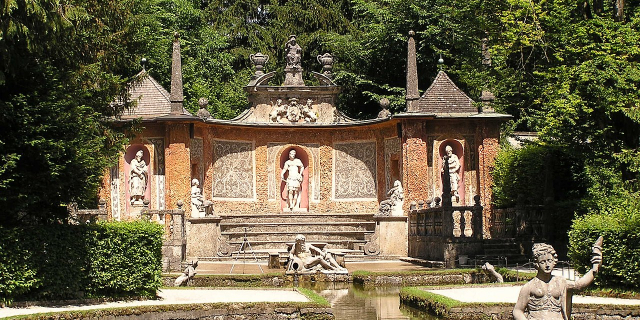








Add new comment